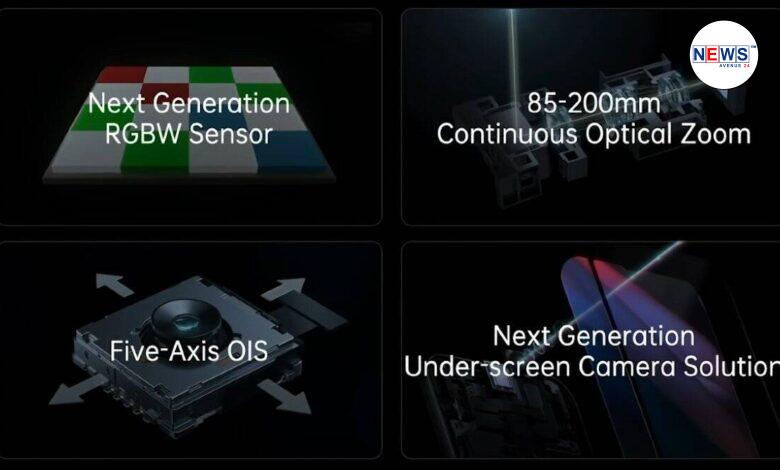
Oppo announces five-axis OIS for smartphones
Oppo announced a lot of new advancements in camera technology in its Future Imaging Event. These new tech will be a part of Oppo’s upcoming flagship smartphones and include advancements like sensor-shift technology and an improved periscope zoom. Here are the new advancements explained in detail.
Improved Periscope Zoom
The first development is an improved periscope ability. Future Oppo phones will be equipped with a periscope zoom lens which will offer continuous optical zoom between focal lengths of 85-200mm. Hence, if the normal 1X zoom setting on the camera sensor lens is set to say 26mm, users would get an optical zoom range between 3.3x and 7.7x.
While a number of phones already offer optical zoom focal lengths, the new implementation will do this with a single camera, which is not so common. Usually, the “optical zoom” setup is made possible with one dedicated 2x or 3.3x camera while another lens offers 5x or 10x zoom. You can also check a recap of the event below.
Oppo’s continuous zoom technology will enable users to zoom smoothly between two different optical zoom levels with the same camera. This will be made possible by a technology called TMR, or Tunnel Magnetoresistance Sensor, which allows the lenses within the periscope camera model to move smoothly.
Oppo is also developing a new OIS (optical image stabilisation) system for its primary cameras which use sensor-shift technology similar to the Apple iPhone 12 Pro Max. This will include the setup using small ball bearings to allow the sensor itself to move horizontally and vertically using an AI algorithm to compensate for any minimal motion. This should result in reduced shake and much better low light and night mode shots.
New camera sensor
Oppo is also developing its own RGBW (Red Green Blue White) camera sensor which can reportedly capture more light and reduce noise. The new Oppo sensor will use the popular 4-in-1 binning method to capture accurate colours, detail, and light and algorithms to improve skin, textures and contrast.
The new OIS tech and other developments could be seen in smartphones from early next year, and could be a part of the Oppo Find X3 Pro successor.
News Credit: Indian Express





